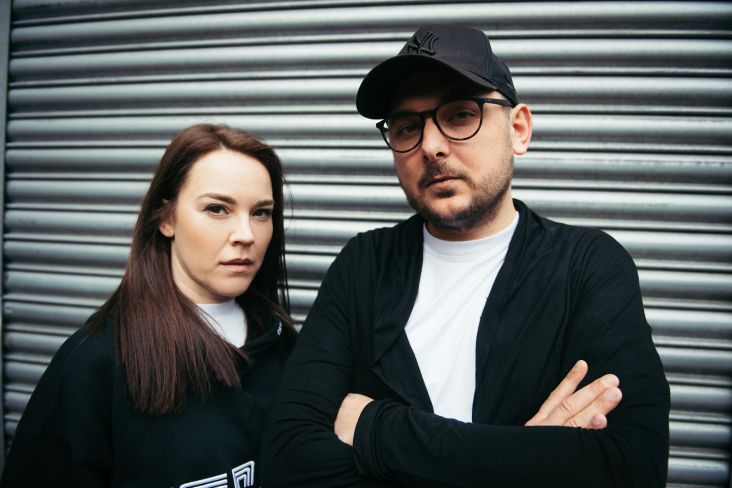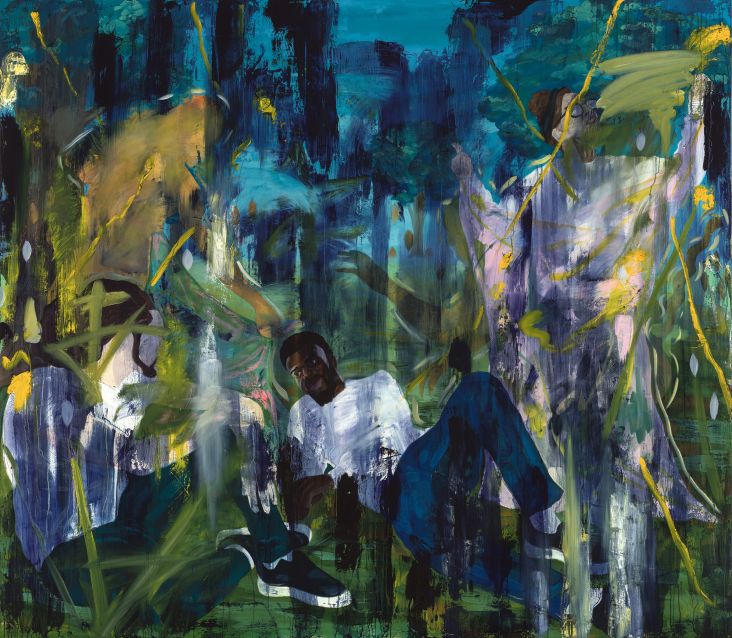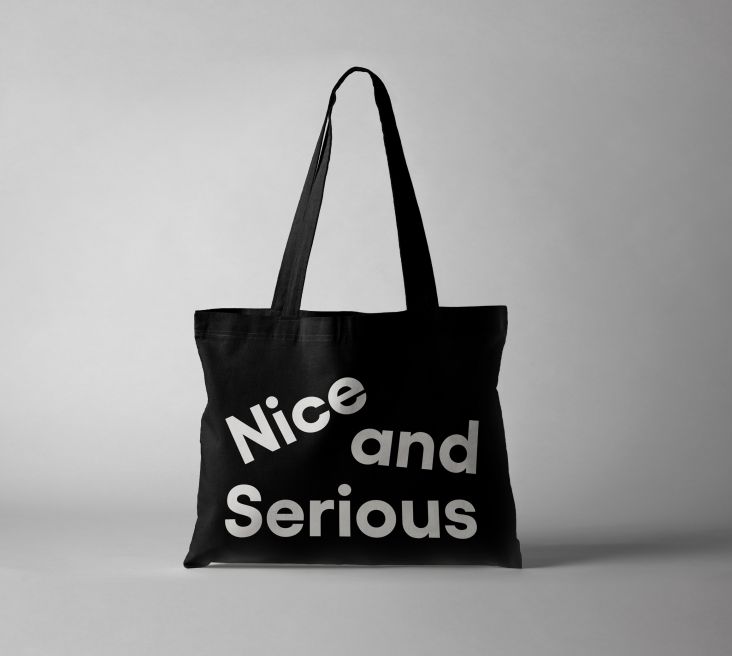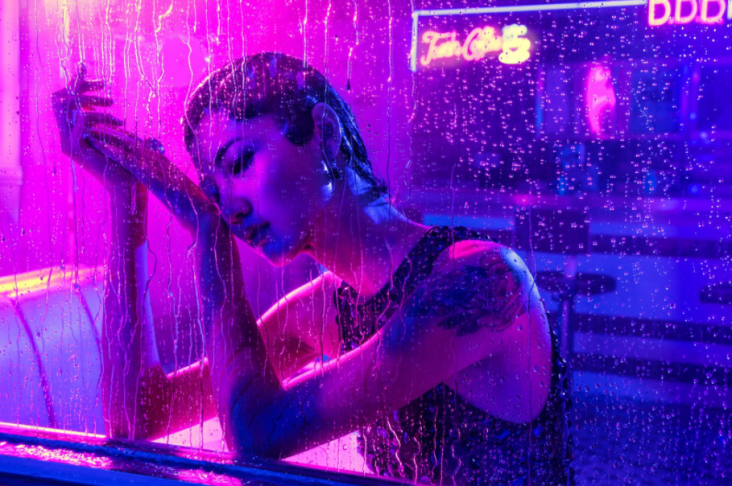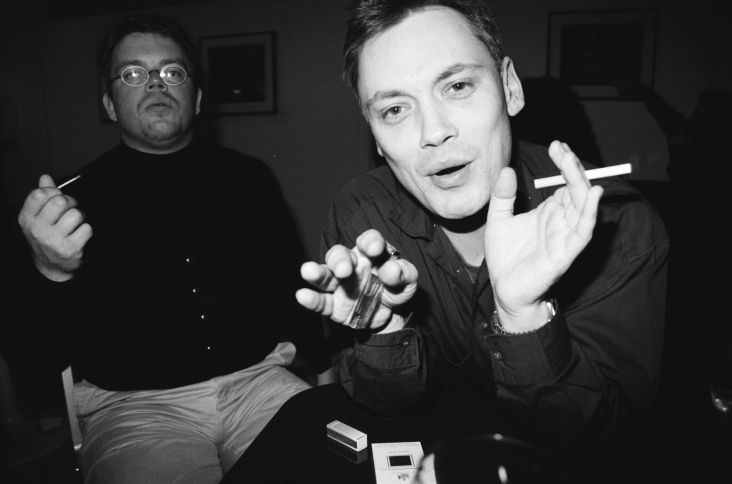14 graphic designers and illustrators explain why they moved into motion design
Whether you're an illustrator or graphic designer, chances are you've been asked at some point if you can make your visuals move. And if not, expect such a request any time soon.
, Andrius Vizbaras, Created Motion Design Professional Graduate](https://www.creativeboom.com/upload/articles/06/06d4e8586689f31ec257d948b6d25240a0d16bb8_1280.png)
Image credit: @janesaisblur, Andrius Vizbaras, Created Motion Design Professional Graduate
Because the whole of the creative industries are steadily moving in that direction, and professionals need to follow suit... or get left behind. In short, it's a great time to move ahead of the curve, and start learning this invaluable skill.
To do so, we'd recommend Created. They offer fully remote courses, developed with and delivered by top industry professionals, that provide all the skills and personal development you'll need to succeed. Not to mention an interview-ready portfolio, filled with motion design based on real-world briefs.
And you'll be following in some impressive footsteps. Many of the industry's most successful motion designers started as graphic designers or illustrators, and in this article, we introduce some of their stories. We hope they'll inspire you to begin learning motion design yourself, helping you to expand your creative perspective, increase your earnings, and future-proof your career.
1. Dan Silverstone
Previously a graphic designer, Dan Silverstone moved into motion and now works as an art director at GRIN in Birmingham, whilst indulging in passion projects under the pseudonym, Pica.
"I learned motion in my spare time, during weekends and evenings," he recalls. "I love seeing things move and brought to life. It's been something we've done at Grin for a few years now, so it's become an essential skill as an art director. Not that print is dead, but digital is so much more important now than it's ever been."
Discover more: @vivapica
Dan Silverstone
2. Mat Voyce
Mat is a graphic designer who's moved increasingly into motion and currently works at Leeds studio Analogue.
"For me, motion was originally about trying to learn a skill that agencies would find useful in a new team member," he explains. "But to be honest, after I got started with the basics, I had the desire to practice, get better and learn to give my work more character and personality. It's got to the point where I feel strange about sharing illustration and typography that doesn't move or animate. I now design something with motion in mind, even if it's supposed to be static!"
Discover more: @matvoyce
Mat Voyce
3. Tom Davis
Tom is a freelance motion designer based in Manchester. He made the switch to motion from web design a few years ago and hasn't looked back since.
"I realised I wasn't happy doing web work," he remembers. "The projects never seemed to end, and when they did, the web moves so fast that in a couple of years everything I'd worked on was no longer online.
Tom had always done video work and motion design as more of a hobby. "But then I just thought to myself: 'I love doing this, I want to do it full time.' So I decided to make the switch. I reworked my website to focus solely on motion and haven't looked back."
At the start of lockdown, Tom launched Action Animation to focus on providing animation for those who believe in a fair, sustainable planet for all. "I also now combine the two worlds of coding and motion design by developing After Effects scripts for my side project, Made by Loop," he adds. "Whenever my freelance work is quiet, I spend time developing scripts and other resources for motion designers."
Discover more: @tedavis
Tom Davis
4. Iris van den Akker
Iris van den Akker is an illustrator from Amsterdam who has recently moved into 2D animation.
"I originally wanted to be a frame by frame animator," she explains. "But I got into illustration once I realised how little work there is in traditional animation, and because I love to draw."
However, once she started working at a creative studio, she noticed there was a huge market for motion design in Amsterdam alone. "And the pay is significantly better than in illustration," she adds. So now she does motion design projects to help fund her illustration ambitions. "One week of motion design means I've got the financial freedom to work about three weeks on illustration projects."
Discover more: @irisakka
Iris van den Akker
5. Georgie Yana
Georgie is a senior motion designer based in London who used to be an all-round digital designer until she decided to move solely into motion design.
"I started my career in experiential design, working on all sorts of projects such as web design and coding, large-format print as well some animation and editing. I decided to move full-time into motion three years ago, but without starting off in digital design I don't think I would have achieved half as much as I have done," she says. "I love the freedom motion gives you to tell your story. I now do a mixture of design, art direction and motion graphics. I feel the three work in harmony together to achieve the best results."
Discover more: @georgieyanadesign
Georgie Yanna
6. Scott Marlow
Scott is a freelance motion designer based in Bournemouth, with over 28 years experience in design, branding and marketing. He made the switch to motion design two years ago.
"After years of working in static design, mostly for print and more recently for digital, I got to the point where if I had to design another print brochure cover or email, I was going to go insane," he explains. At the same time, a need for 3D imagery and 2D motion came up at the agency where he was working.
"I threw myself into it, and realised that I love the craft and the 'working it all out' as much as the final result," he enthuses. "I'm so happy getting lost in keyframes and velocity curves. Plus, what was exciting and doable for me, was like dark magic to others, so I had an advantage.
Finally, Scott went freelance after many years of just dreaming about it. "Twelve-year-old me attaching X-wing models to fishing wire has finally fulfilled his ambitions," he says.
Discover more: @sm_otion
Scott Marlow
7. Rob Johnson
Having started as a Flash developer, Rob is today head of motion at Made Brave in Glasgow.
"I studied Applied Graphics & Multimedia at Glasgow Caledonian University back in 2000, but back then I used Flash," he says. "Motion just fell out of the back of the death of Flash for me, as After Effects seemed the logical place to go. Motion design offers endless opportunities and the chance to breathe life into something. It's storytelling at its heart, but the process is an extremely rewarding one."
Discover more: @bitsofbobs
Rob Johnson
8. Andy Tomlinson
Andy, an experienced designer, working in both London and Glasgow, says that adding motion graphics to his skillset was a key moment in his career.
"My first job out of uni was at the Paramount Comedy Channel, where I thought I was going in to do bits and pieces of graphic design," he recalls. "But in my first week got asked to learn After Effects; a programme I'd never heard of! So I sat down and taught myself the basics, made loads of mistakes, and made some pretty awful animations. All of this was a learning curve."
Fast forward to today, and motion design has become a true passion. "It has more of an effect on me physically than any aspect of design," he explains. "I can sit and watch an animation or a piece of motion design and be blown away, or challenged, or deeply moved. It's the most emotional of all the design fields."
Discover more: @motionbyandy
MedSmart by Andy Tomlinson
9. Emily Redfearn
Emily is an illustrator, animator and designer based in Sheffield.
"My practice has always been illustrative, and this was the angle I took when I first went into motion design and animation," she explains. "The illustrations I made lent themselves well to frame by frame animation. I loved the way that I could bring a still piece to life, through as little as five frames of animation.
It wasn't all exactly plain sailing. "I remember the first time I used After Effects for a stop motion project, and I absolutely hated it," she recalls. "I thought it was so unfamiliar and confusing. But after I worked on a mammoth personal project using AE, I actually really liked it. The more I used it, the more I got into the motion graphics side, animating logos, typography and characters rather than just drawing them frame by frame."
Now, she adds, she's at the point where she can merge these different methods, "using elements of frame by frame animations, and also using the tools within After Effects, which really speeds up my process and improves the outcome".
Discover more: @emredfearn
Emily Redfearn
10. Cyrus Nderitu
Cyrus is a graphic and motion designer based in London who works at Squint/Opera and has moved into motion design.
"I began as a graphic designer, studying graphic design in university and moved onto animation in my gap year," he explains. "On my gap year, I began researching design techniques, trends and successful practitioners. I came across Jan Svankmajer, a Czech surreal animator, who is known for his compelling films. His way of telling stories struck a chord with me.
Cyrus began by exploring animation on Photoshop. "I aimed to do daily animation challenges for social media, and the content would be inspired by topical issues and upcoming events," he says. "This has greatly helped me discover design and its application to the digital world. Animation has helped me tell stories better in a simple and palatable way."
Discover more: @cyrusonyx
Cyrus Nderitu
11. Guy Moorhouse
Guy is a London-based designer and director who's moved into motion increasingly over the last couple of years.
"I think I've unconsciously always been fascinated by pacing and movement in day-to-day life," he muses. "The way a ball bounces, or a bird soars in arcs through the sky. But I hadn't really joined that inner world up with my graphic design work, until I started exploring simple motion through code, and found it felt fairly natural to me."
He's now trying to up his skills in 3D animation and do more with it. "It feels fun to be in a new discipline and have that beginner's mind again," he says.
Discover more: @futurefabric
Guy Moorhouse
12. Matt Wilson
Matt is a 2D illustrator and animator based in Bristol.
"I originally studied graphic design but never really felt like it was quite right for me," he says. "Then, at university, I had a module that briefly introduced me to After Effects. I instantly loved the technical aspect and became addicted to learning more and more."
Matt decided to make an explainer video for his final project at university, which won him an award from the Design Council when showcased during the New Designers Conference. "This helped to propel my career into motion graphics, and I was hired as a junior motion designer straight after uni," he recalls. "I've now been working in motion graphics for seven years and have been running MW Motion for five years."
Here, we share his recent animation based on a quote by Noam Chomsky: "The wealth of African-American families was virtually obliterated by the latest financial crisis, in no small measure thanks to the criminal behaviour of financial institutions, enacted with impunity for the perpetrators, now richer than ever. Looking over the history of African-Americans from the first arrival of slaves four hundred years ago to the present, it is evident they have enjoyed the status of authentic persons for only a few decades. There is a long way to go to realise the promise of Magna Carta."
Discover more: @mw_motion
Who Rules the World - Noam Chomsky, work by Matt Wilson
13. Chris Lloyd
Chris was a web designer and Flash banner animator who pivoted to motion graphics. Based in London, he's been freelance for nearly eight years in the field, mostly working with gaming and app developers.
"Motion graphics felt like a natural progression from Flash work," he explains. "It was more advanced and fun. I worked in an ad agency, and it felt like I could offer them something new and fresh. They eventually created a new role for me there."
Discover more: @yllw_studio
Chris Lloyd
14. Tina Touli
Tina is a creative director, multidisciplinary graphic communication designer, maker, speaker and educator based in London.
"I was always really excited about motion," she says. "I saw all the lovely animators and motion designers sharing their work and wanted to learn how to do so too. But as is typical, I postponed my goals because of client work, and so on."
Then one day, she received a brief from Adobe to create a piece focused on trends including cinemagraphs and boomerangs. "It would have made no sense to respond to that with a static piece," she recalls. "So I couldn't put it off any more: I had to challenge myself and finally learned how to do motion design."
Discover more: @tinatouli
To conclude: Learn motion design with Created
Created offers a nine-month, part-time course that will teach you the skills you need to become a motion designer, in a flexible way that you can combine with your daily work and studies. Whether your background is in graphic design or animation, this course will give you the training you need to master the art of motion design.
Its curriculum has been designed to meet the needs of the creative industries, to develop the very people that companies would love to hire. Throughout the course, you'll tackle real-world industry briefs under the guidance of your own industry mentor, plus a series of one-to-one coaching sessions.
To learn more about how to become a motion designer, visit Created today.
Tina Touli





 by Tüpokompanii](https://www.creativeboom.com/upload/articles/58/58684538770fb5b428dc1882f7a732f153500153_732.jpg)

 using <a href="https://www.ohnotype.co/fonts/obviously" target="_blank">Obviously</a> by Oh No Type Co., Art Director, Brand & Creative—Spotify](https://www.creativeboom.com/upload/articles/6e/6ed31eddc26fa563f213fc76d6993dab9231ffe4_732.jpg)









